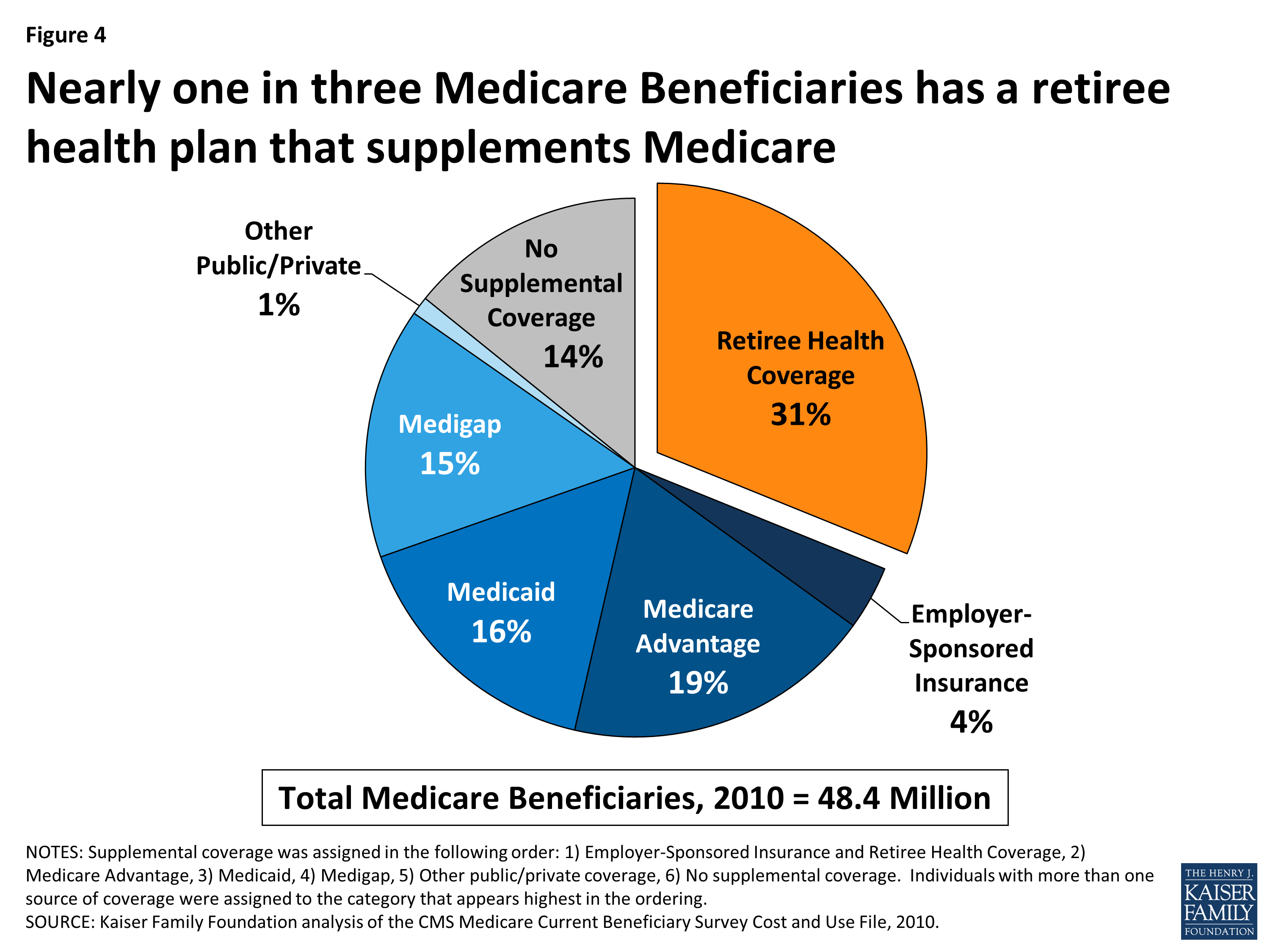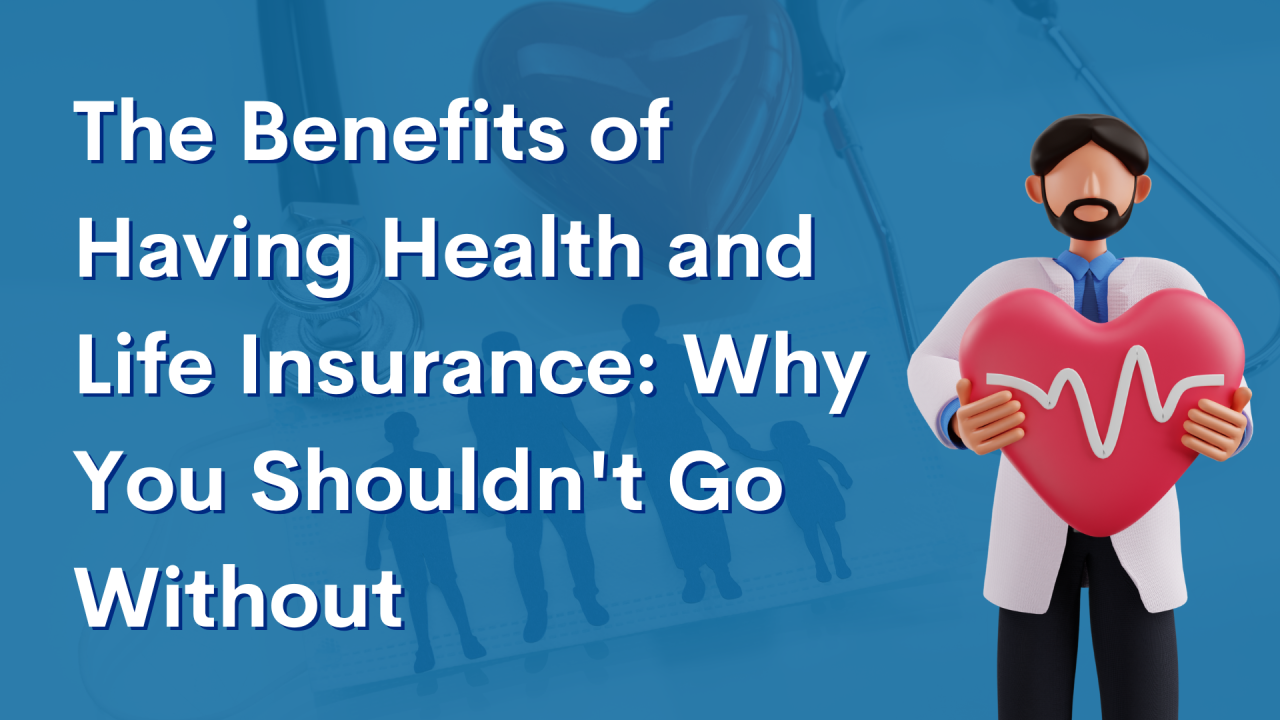Excitement About Medicare Advantage Agent
Excitement About Medicare Advantage Agent
Blog Article
Medicare Advantage Agent - Questions
Table of ContentsOur Medicare Advantage Agent StatementsThe Main Principles Of Medicare Advantage Agent Everything about Medicare Advantage Agent

adheres to from puzzling the reasonably young age profile of the uninsured with the much better health and wellness, typically, of more youthful individuals. This obscures the web link between health and wellness condition and health insurance policy. For those without access to office health insurance policy, poor health and wellness is a potential barrier to acquiring nongroup protection due to the fact that such coverage may be very priced, leave out preexisting conditions, or be just unavailable. The number of without insurance Americans is not particularly large and has actually not transformed in recent times. Seven out of 10 participants in a nationally depictive study thought that fewer Americans did not have medical insurance than really do(Fronstin, 1998). About fifty percent(47 percent )thought that the number of people without medical insurance decreased or remained continuous over the last fifty percent of the last years(Blendon et al., 1999). This decline of almost 2 million in the number of individuals 'without insurance (a decrease
of around 4 percent)is absolutely a favorable adjustment. With a softer economic situation in 2000 the most up to date reported gains in insurance coverage may not continue(Fronstin, 2001 ). The decline in the number of uninsured will certainly not continue if the economy remains slow and healthcare costs remain to surpass inflation. This is since the information were accumulated for a duration of solid economic efficiency. Of the approximated 42 million individuals who were without insurance, almost concerning 420,000(regarding 1 percent)were under 65 years old, the age at which most Americans come to be qualified for Medicare; 32 million were adults between ages 18 and 65, about 19 percent of all grownups in this age; and 10 million were youngsters under 18 years old, regarding 13.9 percent of all children (Mills, 2000). These estimates of the variety of individuals without insurance are created from the yearly March Supplement to the Present Population Survey (CPS), conducted by the Demographics Bureau. Unless otherwise kept in mind, national estimates of individuals without medical insurance and percentages of the population with different sort of insurance coverage are based on the CPS, the most extensively utilized source of price quotes of insurance coverage and uninsurance prices. These studies and the price quotes they yield are defined briefly in Table B. 1 in Appendix B - Medicare Advantage Agent. These studies vary in size and sampling approaches, the inquiries that are inquired about insurance
The Main Principles Of Medicare Advantage Agent
coverage, and the moment duration over which insurance policy coverage or uninsurance is determined(Lewis et al., 1998, Fronstin, 2000a ). Still, the CPS is specifically helpful since it produces annual quotes reasonably rapidly, reporting the previous year's insurance policy protection estimates each September, and since it is the basis for a regular set of quotes for even more than two decades, enabling evaluation of trends in coverage gradually.

The Definitive Guide for Medicare Advantage Agent
Over a three-year duration beginning early in 1993, 72 million people, 29 percent of the united state population, were without insurance coverage for at the very least one month. Within a single year(1994), 53 million people experienced at the very least a month without coverage(Bennefield, 1998a). Six out of every 10 without insurance adults are themselves employed. Functioning does improve the chance that one and one's family participants will have insurance policy, it is not a guarantee. Also members of households with 2 full time Visit This Link wage earners have practically a one-in-ten chance of being without insurance (9.1 percent uninsured rate)(Hoffman and Pohl, 2000 ). The relationship in between medical insurance and access to care is well developed, as recorded later in this chapter. Although the connection in between medical insurance and wellness end results is neither direct nor straightforward, a substantial clinical and health and wellness solutions research literature links wellness insurance policy coverage
to improved access to care, much better high quality, and enhanced individual and populace health and wellness standing. The 2nd record, on personal health end results for without insurance adults, is represented by the innermost circle of the figure, while the third record, on family members health, incorporates the subjects of the 2nd record but stresses a various unit of evaluation, specifically, the family. The sixth record in the series will provide information concerning strategies and campaigns embarked on locally, statewide, or across the country to resolve the lack of insurance and its damaging effects. Levels of evaluation for analyzing the impacts of uninsurance. This discussion of medical insurance protection concentrates mostly on the U.S. populace under click here for more age 65 because basically all Americans 65 and older have Medicare or other public insurance coverage.
Moreover, it concentrates especially on those with no health insurance coverage for any type of size of time. The troubles dealt with by the underinsured remain in some aspects similar to those dealt with by the uninsured, although they are normally much less serious. Uninsurance and underinsurance, nevertheless, include noticeably various plan issues, and the techniques for addressing them might differ. Throughout this research study and the five reports to adhere to, the major emphasis is on persons without medical insurance and therefore no support in paying for health treatment past what is offered through charity and safeguard establishments. Wellness insurance coverage is a powerful factor impacting invoice of care due to the fact that both people and medical professionals reply to the out-of-pocket price of solutions. Health and wellness insurance coverage, however, is neither required neither enough to acquire access to clinical services. The independent and straight impact of health
insurance insurance policy on access accessibility health services solutions well established. Others will certainly obtain the healthcare they need also without medical insurance, by spending for it out of pocket or seeking it from service providers that provide treatment totally free or at very subsidized rates. For still others, health and wellness insurance alone does not make certain receipt of treatment as a result of other nonfinancial obstacles, such as a lack of health and wellness treatment companies in their neighborhood, limited accessibility to transport, illiteracy, or etymological and cultural differences. Formal research about uninsured populations in the USA dates to the late 1920s and early 1930s when the Board on the Price of Treatment created a collection of reports regarding funding medical professional office sees and hospitalizations. This problem came to be significant as the varieties of medically indigent climbed during the Great Clinical depression. Empirical researches regularly support the link between access to care and enhanced wellness end results(Bindman et al., 1995; Starfield, 1995 ). Having a regular source of care can be thought about a forecaster of accessibility, instead than a straight measure of it, when health and wellness results are themselves utilized as gain access to indications. This expansion of the idea of accessibility dimension was made by the IOM Board on Keeping Track Of Access to Personal Health And Wellness Treatment Services(Millman, 1993, p. Whether moms and dads are guaranteed shows up to influence whether their youngsters obtain treatment in addition to just how much careeven if the kids themselves have insurance coverage(Hanson, 1998). The this contact form wellness of moms and dads can impact their ability to take care of their children and the level of family members stress and anxiety. Stressing over their youngsters's accessibility to care is itself a source of stress for moms and dads. 3 chapters follow in this report. Chapter 2 provides an overview of how employment-based medical insurance, public programs and private insurance plan run and engage to offer extensive yet insufficient protection of the U.S. populace. This includes a review of historic trends and public plans impacting both public and private insurance policy, a discussion of the interactions amongst the different kinds of insurance coverage, and an assessment of why people relocate from one program to an additional or wind up
.png)
Report this page